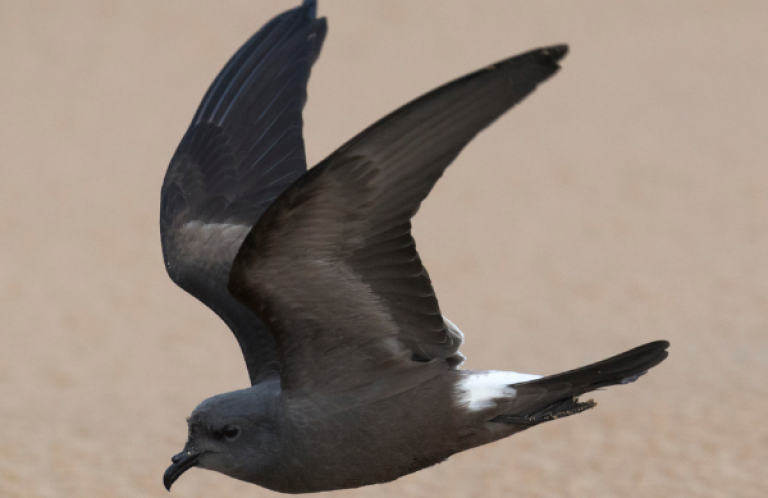Endangered Hawaiian Petrels Moved to Kilauea Point National Wildlife Refuge
Contacts: Lindsay Young, Pacific Rim Conservation: 808-741-9479 | Megan Nagel, U.S. Fish and Wildlife Service: 503-231-6123 | George Wallace, American Bird Conservancy: 540-212-1519 | Dan Dennison, Hawaiʻi Department of Land and Natural Resources: 808-295-8749
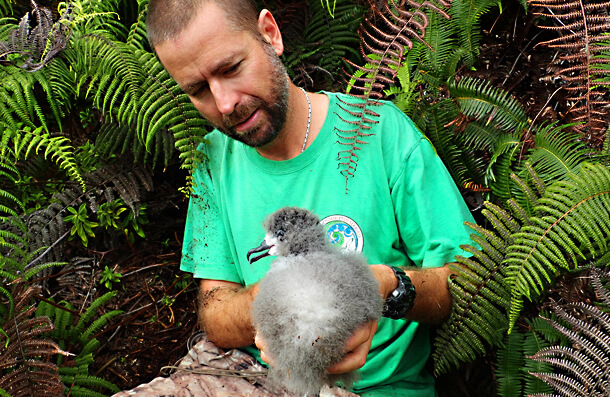
André Raine from Kauaʻi Endangered Seabird Recovery Project removes a Hawaiian Petrel chick from burrow for translocation. Photo by Mike McFarlin
Click for Photos | Click for video b-roll and interview clips
(Kauaʻi, Hawaiʻi, November 3, 2015) A historic project more than 30 years in the making took place on Kauaʻi's north shore on Monday when 10 downy, endangered Hawaiian Petrel chicks were flown by helicopter from their montane nesting area to a new colony protected by a predator-proof fence at Kilauea Point National Wildlife Refuge.
The translocation, which involved three separate teams and more than a dozen people, took place simultaneously in Kauaʻi's rugged mountain interior and along the coast. In the early morning, two teams were dropped by helicopter onto mountain peaks located in the Hono O Na Pali Natural Area Forest Reserve within the Na Pali-Kona Forest Reserve, state lands managed by the Division of Forestry and Wildlife. There the teams headed for 10 nest burrows that had been monitored throughout the breeding season. Each burrow contained a large, healthy chick. The chicks were carefully removed by hand, placed into pet carriers, and hiked up to the tops of peaks where the helicopters picked them up. Like any precious cargo, the chicks' holding boxes were seat-belted into the helicopter to ensure their safety.
“This translocation will establish a new, predator-free colony of the endangered Hawaiian Petrel to help prevent the extirpation of the species from Kauaʻi,” said Michael Mitchell, the U.S. Fish and Wildlife Service Acting Kauaʻi National Wildlife Refuge Complex Project Leader. “Petrels, like many other native Hawaiian species, are facing tremendous challenges with shrinking habitat and the onslaught of invasive species. Translocating the birds to Kilauea Point National Wildlife Refuge ensures that this colony of birds will be protected for our children and our children's children.”
The chicks were flown to Princeville Airport where the animal care team on the ground assessed their health. From there, they were driven to their new home within the recently completed predator-proof fence in the Nihoku area of the Refuge.
Endangered Hawaiian Petrels, or ʻUaʻu, are one of two seabird species endemic to the Hawaiian Islands and are found nowhere else on Earth. They have declined dramatically due to a number of threats including predation by introduced mammals, such as cats, rats, and pigs, and due to collisions with man-made structures during their nocturnal flights from their breeding colonies in the mountains to the ocean, where they search for food. Surrounded by fine mesh stainless steel fencing 6.5 feet high, the 7.8-acre enclosure at Nihoku protects the birds from predators. The area inside the enclosure has recently been partially restored with native vegetation and seabird-friendly nest boxes, specifically designed to mimic natural burrows, have been installed.
“Predator-proof fencing and translocations of this type are necessary conservation strategies in Hawai'i to deal with widespread non-native predator populations that cannot be readily eradicated,” said Dr. George Wallace, Vice President of American Bird Conservancy. "For the Hawaiian Petrel, which is threatened by non-native predators in their montane nesting areas, creation of a colony protected from predators will be a major step forward in stabilizing and recovering its Kauaʻi population.”
Hawaiian Petrel chicks imprint on their birth colony the first time they emerge from their burrows and see the night sky, and they will return to breed at the same colony as adults. Since chicks were removed from their natural burrows before this critical imprinting stage, they will emerge from their nest boxes and imprint on the Nihoku area, returning to the site as adults.
In the meantime, human caretakers will hand-feed the young birds a slurry of fish and squid, and will carefully monitor their growth until the birds leave their new nest burrows and fly out to sea. The petrels will remain at sea for the next three to five years until they return to the same site as adults.
The new colony will be the only fully protected colony of federally listed seabirds anywhere in the Hawaiian Islands, and represents a huge achievement towards recovering this species. Adding translocations of Newell's Shearwater will be an important next step in the project.
“We have seen a dramatic decline in the numbers of Newell's Shearwaters on Kauaʻi in recent years, with an estimated 75 percent drop in the last 15 years,” said Dr. André Raine of Kaua‘i Endangered Seabird Recovery Project. “The establishment of new colonies of that species using predator-proof enclosures at Nihoku, and possibly other locations in the future, is an important management tool to help reverse this decline.”
The effort was led on the ground by Kaua‘i Endangered Seabird Recovery Project, a Hawai‘i Department of Land and Natural Resources' Division of Forestry and Wildlife (DOFAW) project administered by Pacific Cooperative Studies Unit, University of Hawaii; Pacific Rim Conservation; the U.S. Fish and Wildlife Service, Kilauea Point National Wildlife Refuge; and ABC. Kaua‘i Island Utility Cooperative and DOFAW supported predator control within Hono O Na Pali Natural Area Reserve. The National Tropical Botanical Garden provided important assistance with vegetation restoration at the translocation site. The National Fish and Wildlife Foundation provided critical funding support.
“The project was made possible because all of our agencies and organizations are working together. From building the predator-proof fence to moving the birds to their new home, partnership was essential to our success," said Mitchell.
“We are very excited to have accomplished a major recovery objective for one of Hawaiʻi's endemic seabird species,” added Dr. Lindsay Young, the project coordinator with Pacific Rim Conservation. “What we learn on this project will be crucial to implementing what we hope will be many more projects like this on Kauaʻi and across the state.”
###
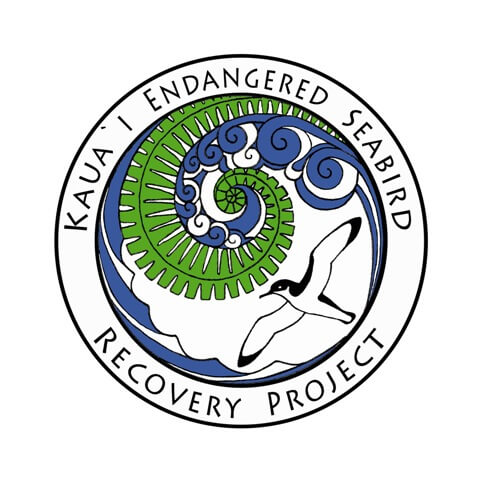 | The Kauaʻi Endangered Seabird Recovery Project is a DOFAW project, administered through the Pacific Cooperative Studies Unit of the University of Hawaiʻi. The project focuses primarily on Kauaʻi's three endangered seabirds– Newell's Shearwater, Hawaiian Petrel and Band-rumped Storm-Petrel. KESRP identifies the breeding distribution of these rare and enigmatic seabirds, monitors their breeding colonies, undertakes research projects to better understand their life histories and the various threats which they face, and works with partners to ensure their long-term conservation.
|
 | The Hawaiʻi Department of Land and Natural Resources (DLNR) mission to enhance, protect, conserve and manage Hawaii's unique and limited natural, cultural and historic resources held in public trust for current and future generations of the people of Hawaii nei, and its visitors, in partnership with others from the public and private sectors.
|
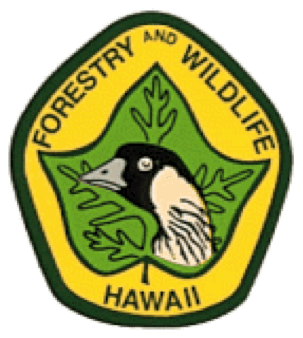 | The mission of DLNR's Division of Forestry and Wildlife (DOFAW) is to responsibly manage and protect watersheds, native ecosystems, and cultural resources and provide outdoor recreation and sustainable forest products opportunities, while facilitating partnerships, community involvement and education. Malama i ka ‘aina.
|
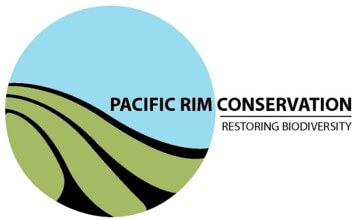 | Pacific Rim Conservation (PRC) is a non-profit organization dedicated to studying and conserving the biota of the Pacific region. PRC provides biological research and management services to government agencies, non-profit organizations, landowners, and other groups throughout the Hawaiian Islands and the Pacific region. PRC's goal is to maintain and restore native species and ecosystems through habitat protection and management, threat control, public education, and scientific research to develop and improve conservation methods.
|
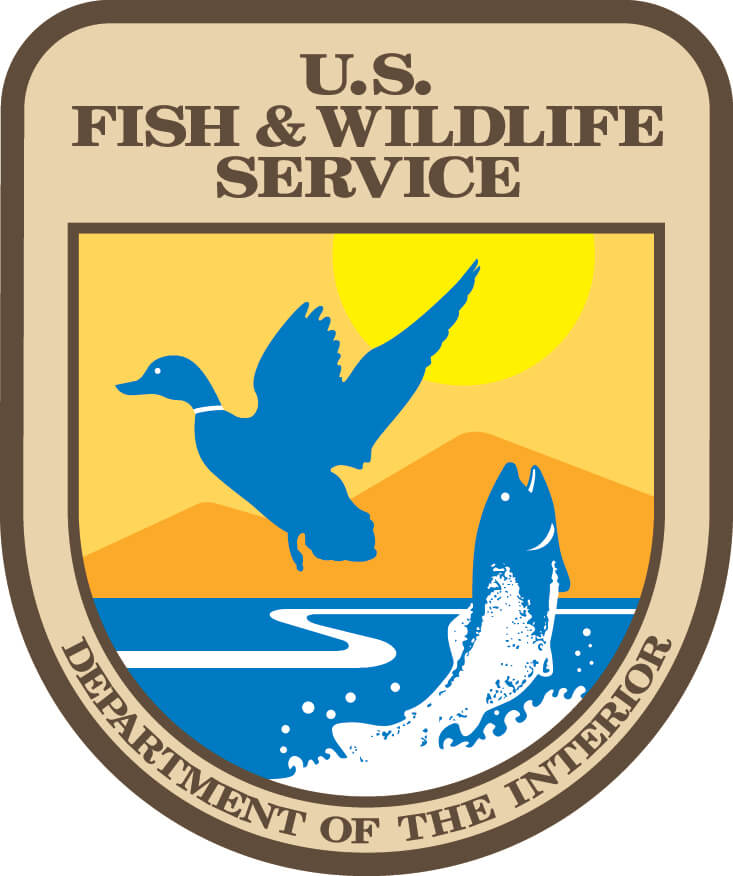 | The U.S. Fish and Wildlife Service works with others to conserve, protect, and enhance fish, wildlife, plants, and their habitats for the continuing benefit of the American people. Kilauea Point National Wildlife Refuge was established in 1985 to preserve and enhance seabird nesting colonies.
|
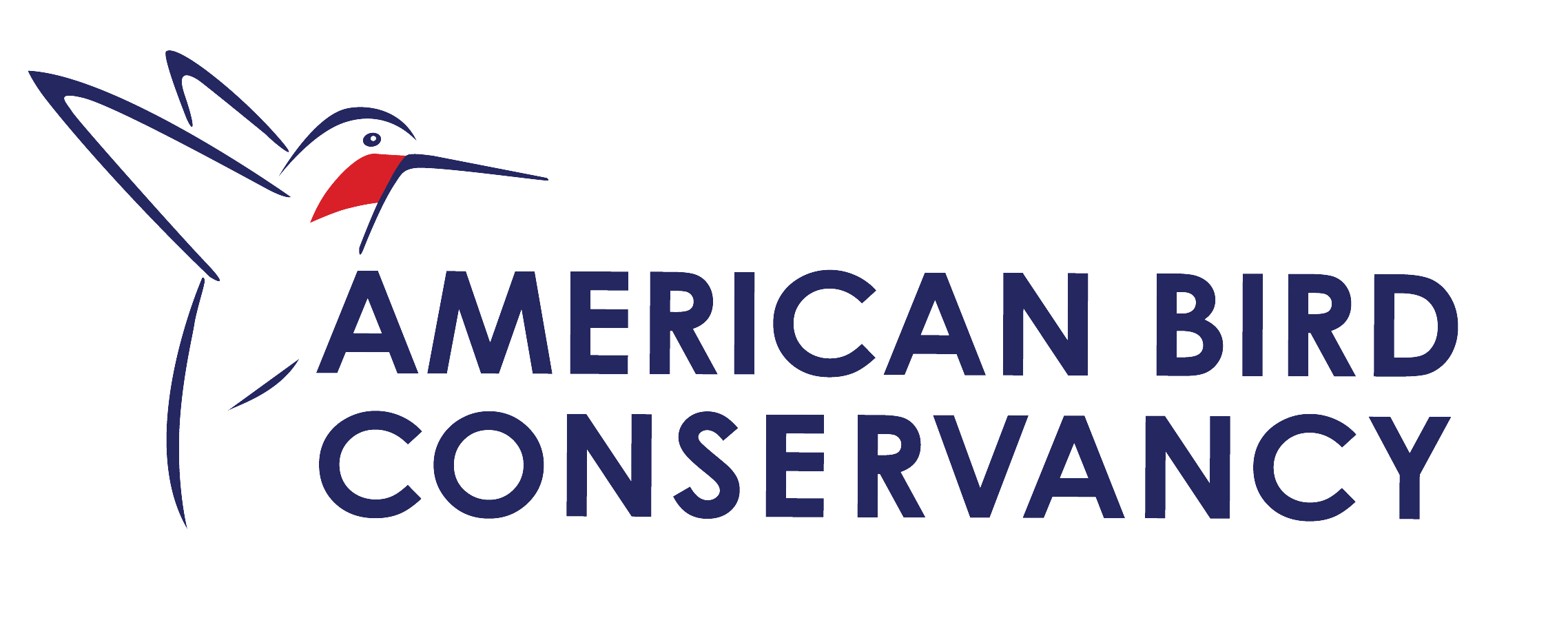 | American Bird Conservancy is the Western Hemisphere's bird conservation specialist—the only organization with a single and steadfast commitment to achieving conservation results for native birds and their habitats throughout the Americas. With a focus on efficiency and working in partnership, we take on the toughest problems facing birds today, innovating and building on sound science to halt extinctions, protect habitats, eliminate threats, and build capacity for bird conservation. |
 | Chartered by Congress in 1984, the National Fish and Wildlife Foundation (NFWF) protects and restores the nation's fish, wildlife, plants and habitats. Working with federal, corporate and individual partners, NFWF has funded more than 4,000 organizations and committed more than $2.9 billion to conservation projects.
|





































